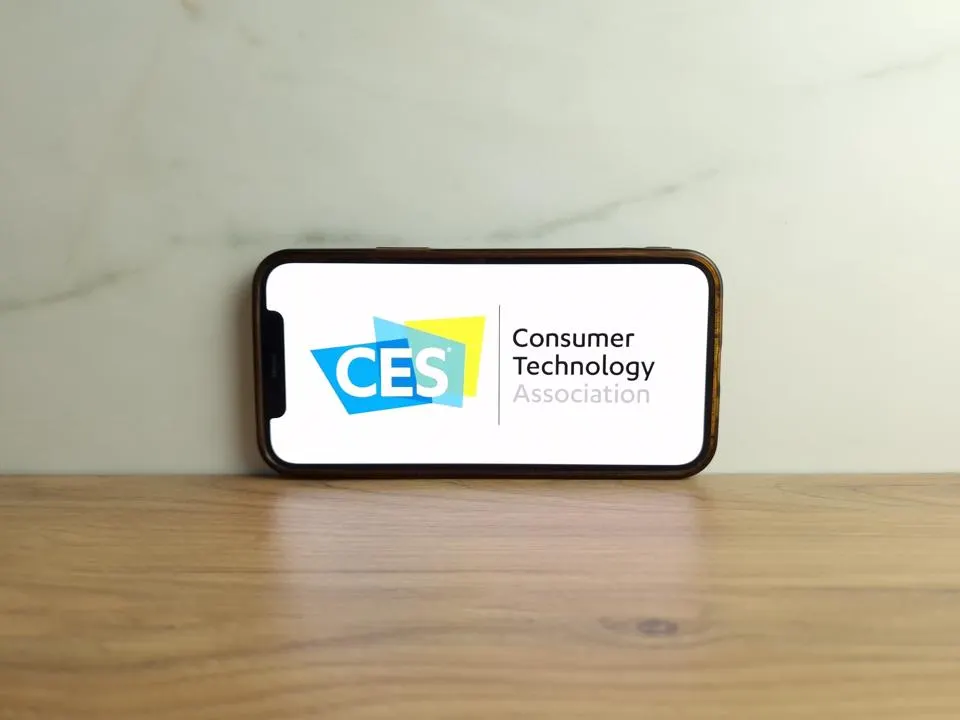Bitcoin, Blockchain Splits And What It Means For Business
2 July 2021
Blockchain was one of the technologies which I predicted back in January to break through in 2017.
The distributed, consensus-dependent ledger technology is really just a new form of database – but due to its trustless and encrypted nature, one which could potentially revolutionize many aspects of finance and business.

Virtual currency Bitcoin is undoubtedly the most visible implementation of the technology right now – its rapid growth in value has made it attractive to speculative investors but businesses are increasingly accepting it for goods and services.
Recent developments in the bitcoin economy – an economy currently valued at close to $70 billion – have demonstrated some of the fundamental characteristics of blockchain-based applications. And although it is still early days, they appear to go some way towards validating the claims of blockchain evangelists that the platform represents a robust and truly decentralized medium for logging data transactions.
(For those who are completely new to this, my Complete Beginner’s Guide to Bitcoin provides an overview of the important ideas)
Blockchain split – what is it all about?
Blockchain apps and Blockchain-based currency such as Bitcoin in their purest form are decentralized and governed by consensus – there is no controlling authority (such as a bank or government) which can interfere with supply or disrupt Bitcoin-driven commerce (except, in the case of governments, by legislating).
One way to think of it is that Bitcoin is entirely deterministic – it is governed by mathematics and encryption and adjudicated by the consensus of its users. These “rules” were put into place when the cryptocurrency was unleashed on the world in 2011. Crucially, however, built into the model is the ability for it to adapt and evolve to changing circumstances.
One such changing circumstance is the vast increase in the amount of users, and therefore the amount of transactions being written to the blockchain itself. Transactions are approved by “miners” – individuals and groups providing the processing grunt to cryptographical algorithms which securely record the movement of coins between wallets.
Inevitably this led to a slowdown – with increasing numbers of transactions being written, transactions had begun to take longer to be recorded (sometimes days) and the fees – fractional values of Bitcoin which are shaved off transactions and passed to miners as “payment” for their processing services – creeping up.
Basically, because what happened next is a great example of why blockchain-based applications are so revolutionary. Because the software used to operate Bitcoin wallets and nodes is open source, anyone can “fork” it – producing a parallel blockchain operating independently of the original. This is what happened at the start of this month, bringing into existence a new version of the currency known as “Bitcoin Cash” (with the original increasingly being referred to as Bitcoin Core to avoid confusion.)
Whether the new currency – allowing larger size blocks of data to be written to the new chain, therefore speeding up transactions – goes on to enjoy the success of its older brother will depend entirely on consensus – how well-used it becomes. This means the whole issue of the split is resolved in a democratic process. Of course, unlike with, say, elections, no human counting, verification or oversight is necessary (or possible) – meaning there can be no corruption. The entire process is managed and governed by the original “trustless” cryptographical framework created for Bitcoin.
Why is this important if I don’t use Bitcoin?
The Bitcoin split – which as of today appears to have gone smoothly with an effortless transition into two parallel blockchains (and two virtual currencies) – is the first public proof-of-concept of the decentralized and consensus-driven nature of blockchain technology.
This is likely to give a confidence boost to the growing number of applications being developed using the platform – IBM for example forecast that by 2020, two-thirds of banking organizations will be using blockchain-based apps.
While many of these are likely to differ vastly in both concept and philosophy from the somewhat libertarian, anti-establishment image of Bitcoin, they are likely to be hugely disruptive in their own way. One of the most dramatic will be the emergence of systems capable of upholding so-called “smart contracts” which can be verified and executed digitally, on a blockchain and without a middle-man. Forecasters believe that this technology will form the backbone of machine-to-machine communication and commerce as the Internet of Things continues to grow and evolve.
Since its inception many have predicted that Bitcoin would be nothing more than a flash-in-the-pan – after all, something as monumental as disrupting the fiat-based, global system of currencies and commerce was always likely to produce excessive skepticism. But it’s continued evolution and growth demonstrate that the underlying principle of blockchain is only beginning to show its full potential.
Related Articles
3 Ways Generative AI Is Making Our World A Better Place
Bored of the negative headlines around AI, and specifically generative AI? Then this article is for you.[...]
The Metaverse And Its Dark Side: Confronting The Reality Of Virtual Rape
The police in the UK are currently investigating a virtual rape in the metaverse involving a young girl under the age of 16 who[...]
Generative AI (Probably) Won’t Take Your Job. But It Will Change How You Work
When you read or listen to anything about generative AI and its impact on jobs, it's often a story of job losses.[...]
The Biggest Challenges And Pitfalls Of Data-Driven, AI-Enabled HR
Amid the rapid evolution of digital landscapes, data and AI have emerged as critical tools in human resource (HR) management[...]
The Unmissable Highlights From CES 2024
Much like its predecessors, the Consumer Electronics Show (CES) of 2024 has once again dazzled the world with a spectacle of innovation and technological marvels.[...]
5 Unexpected Ways Generative AI May Change Your Daily Life
No doubt you've seen dozens of headlines (or more) about generative AI and how tools like ChatGPT are going to transform our jobs..[...]
Sign up to Stay in Touch!
Bernard Marr is a world-renowned futurist, influencer and thought leader in the fields of business and technology, with a passion for using technology for the good of humanity.
He is a best-selling author of over 20 books, writes a regular column for Forbes and advises and coaches many of the world’s best-known organisations.
He has a combined following of 4 million people across his social media channels and newsletters and was ranked by LinkedIn as one of the top 5 business influencers in the world.
Bernard’s latest book is ‘Generative AI in Practice’.










Social Media